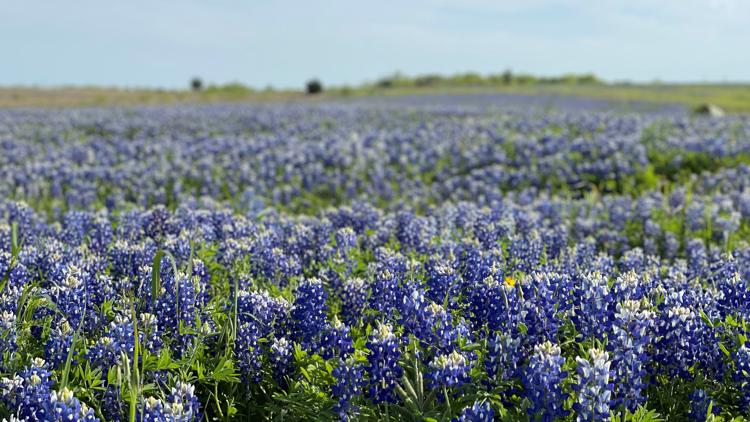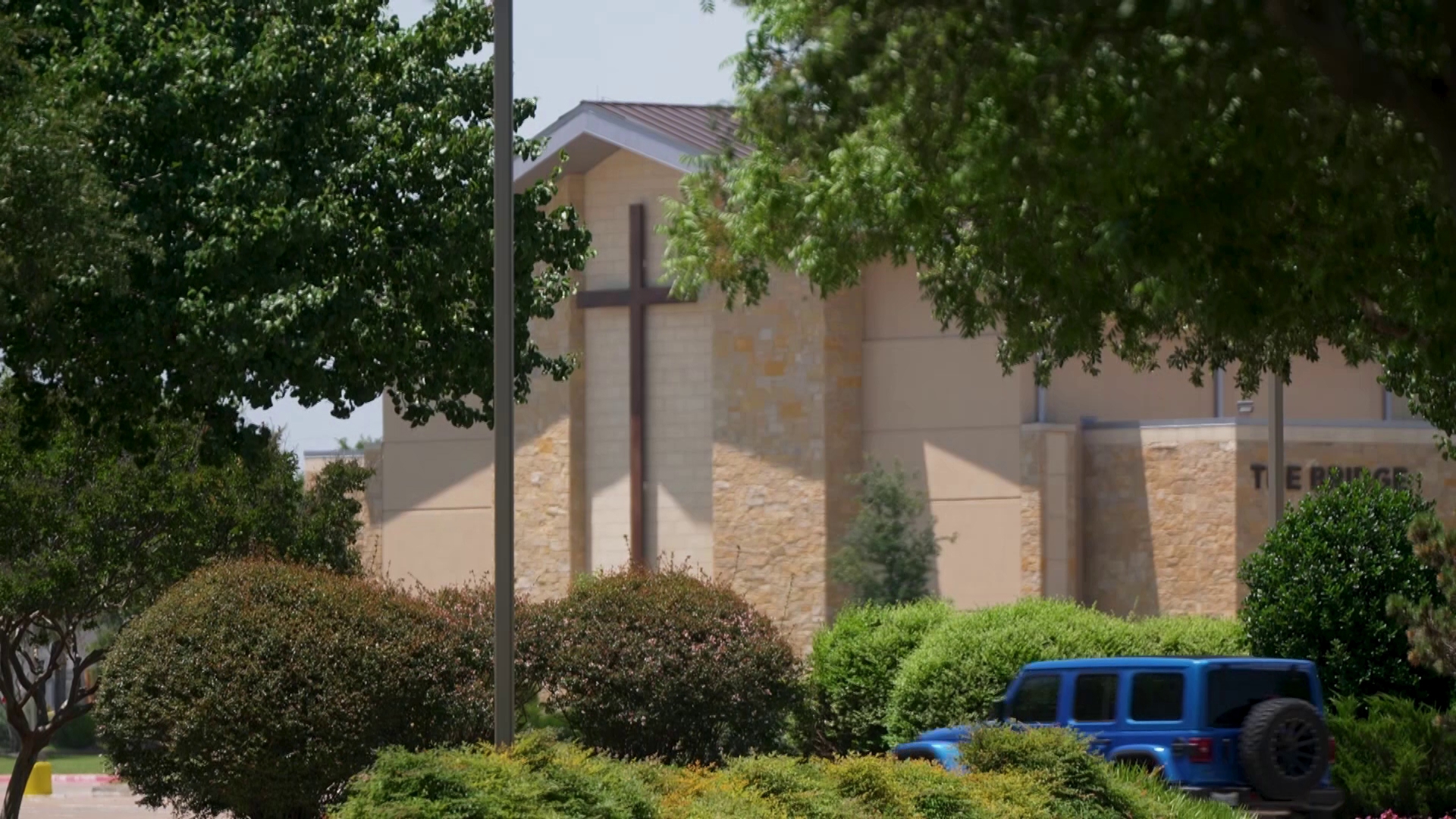Have you seen them yet?
It is a sign of spring time in Texas when seas of blue start showing along Texas highways. It won't be long before families, couples, and pets pose in the fields of blue to take the popular pictures with the beloved Texas state flower, the Bluebonnet.
Here's how long bluebonnet season lasts in Texas, and a few of our favorite spots for getting those must-have pictures.
When is bluebonnet season in Texas?
Bluebonnets bloom in the springtime, but peak bloom weeks vary depending on the weather.
Generally, you can see the blue flowers between late March and early May. On average, the peak of bluebonnet season is early to mid-April.
Bluebonnets don't mind the cold! In fact, winter time is when they do their best growing and developing of their root systems. That is what makes these annual wildflowers so tough. Their clusters of leaves grow during the winter.
The warmer weather and springtime rain is the rosettes' (clusters of leaves) cue to grow and blossom.
Cool weather during the early spring tends to slow down or delay the blooms. Warm weather speeds up the blooms.
An ideal Bluebonnet season would include a wet winter along with a moderate (think not too hot and not too cold) early spring.
A steady spring rain also keeps the flower from not drying out before it gets a chance to bloom.
Where can I see bluebonnets in North Texas?
Bluebonnets aren't limited to specific areas in North Texas, but a few fields are more full than others. Here are some favorite spots viewers have shared with WFAA through the years:
* Ellis County: Ennis is known for its sea of bluebonnet fields along Interstate 45, including one farm flush with 35-40 acres of bluebonnets.
* Zion Cemetery Little Elm/Frisco: Huge sloping hill with plenty of bluebonnets for a wide shot filled with flowers.
* McInnish Sports Complex at Sandy Lake Road in Carrollton: Wooden fences make for a great Texas background.
* Fujitsu Field in East Richardson (corner of Shiloh and Research Rd.)
* Cedar Hill State Park in Cedar Hill: Admission to the park is $5 per adult. There are plenty of bluebonnets within the park, but for a unique picture check out the fields near Penn Family Farm. Windmills and old barns make great backgrounds.
* Fort Worth Nature Center in Fort Worth: $5 for adults and $2 for children for admission to the center. Bluebonnets are not as prolific at the nature center as they are in some other areas, but a visit to the nature center can make the photo session more fun.
* Clear Creek Natural Heritage Center in Denton: A great place not only for bluebonnets, but other wildflower pictures and hiking to add to the fun.
* Trinity River Audubon Center in Dallas: Another great hiking location with trails to discover all sorts of animals, as well as picture ops.
* Woodbridge: the front end of Wylie/Sachse subdivision has an area of field right off of 78, perfect for pictures.
How bluebonnets became iconic in Texas
No surprise here, but the bluebonnet is indeed the State Flower of Texas. It earned this distinction on March 7, 1901.
Then, years later, a highway beautification program included the scattering of bluebonnet seeds along Texas roadways. And the bluebonnet was here to stay.



